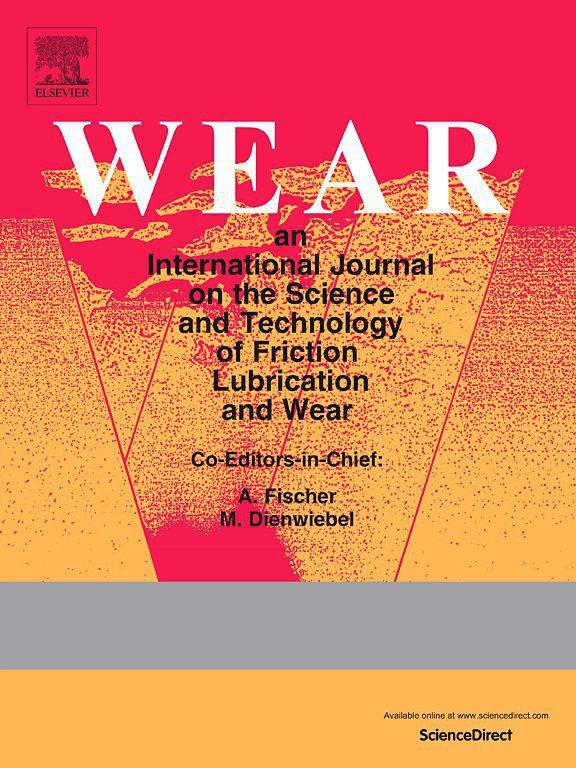
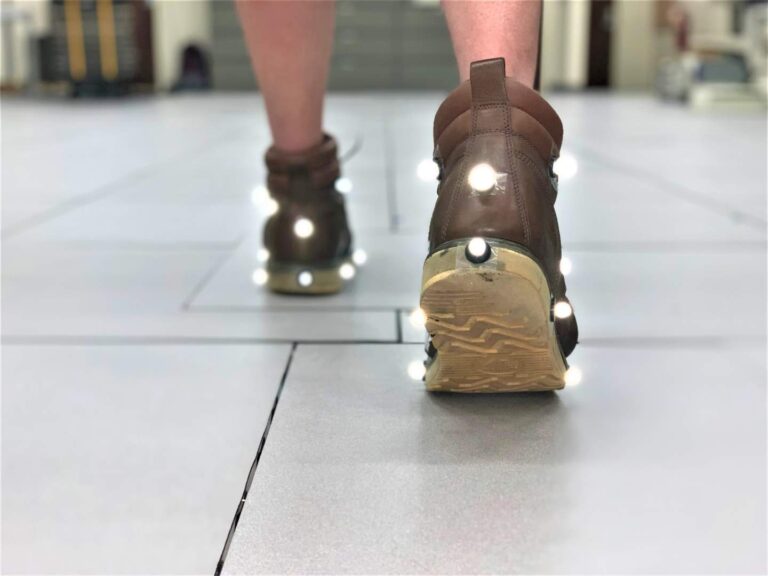
Occupational Injury Prevention
Postural Control & Fall Prevention
Postural Control & Fall Prevention
Impact of Worn Shoes on Slipping
Slip and fall accidents are a major and growing source of occupational injuries. Shoes that are heavily worn have reduced coefficient of friction (COF) and are associated with increased slipping risk. The mechanism causing this loss of friction is that worn tread can no longer channel fluids from beneath the shoe, which causes the fluid to become pressurized, the COF to decrease, and the slip risk to increase. Knowing the factors that contribute to shoe wear rate and the wear thresholds at which COF begins to decrease will enable the selection of wear-resistant shoes and programs that replace shoes before they become too worn. The overall objective of this project funded by a NIOSH R01 grant was to identify the underlying causes to shoe wear and identify the tread thresholds where shoes become unsafe. This study identified the factors that affect the life of shoes and their replacement limits, which were translated to practice through industry partners, publications, and training programs. The outputs of this research were new knowledge on when worn shoes should be replaced, what factors influence wear, and a computational model of shoe wear. The outcomes were improved shoe design and replacement policies that led to a reduction in slip and fall accidents from worn shoes.
People


Graduate Student
Year Graduated: 2021
Sarah Hemler
After HMBL
University of Geneva, Switzerland

Publications
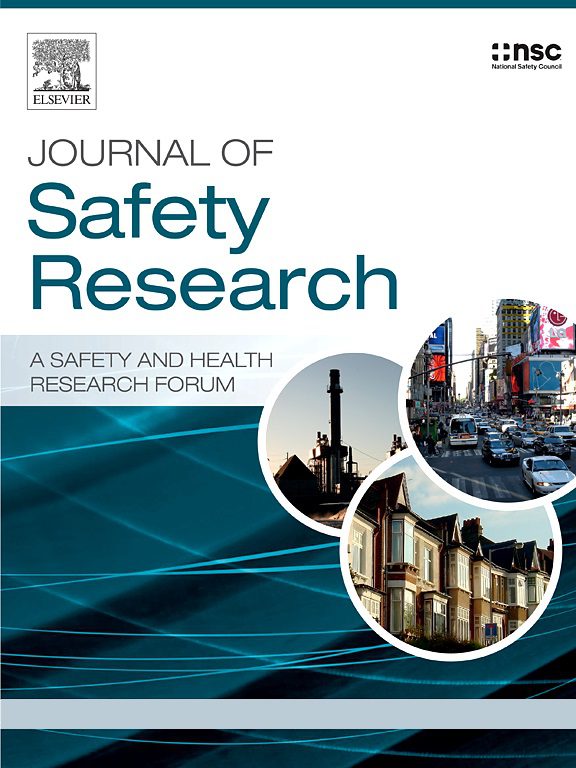
Peer-Reviewed Article
2023
Journal of Safety Research
Validation of a portable shoe tread scanner to predict slip risk
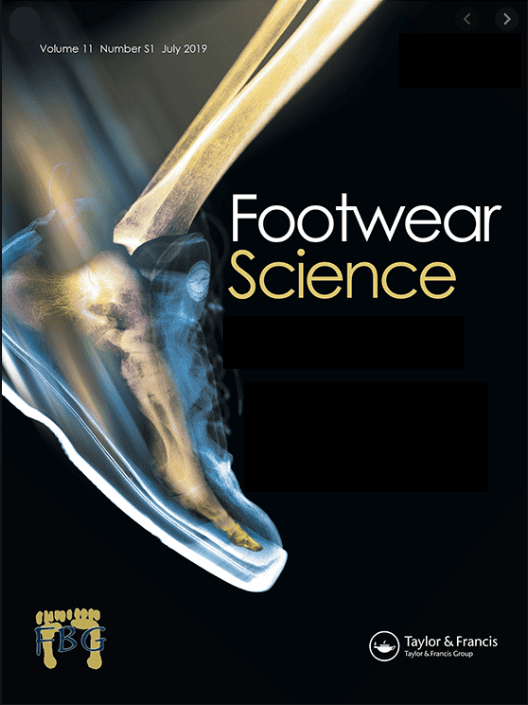
Peer-Reviewed Article
2022
Footwear Science
Shoe Tread Wear Occurs Primarily during Early Stance and Precedes the Peak Required Coefficient of Friction
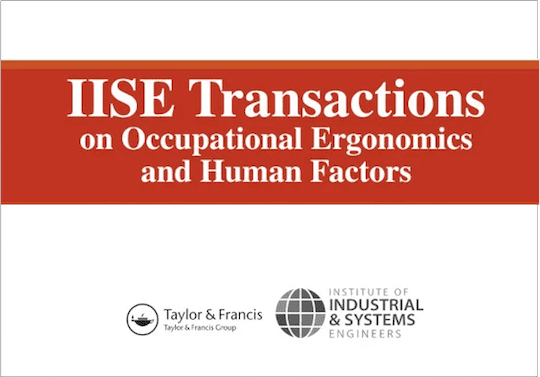
Peer-Reviewed Article
2022
IISE Transactions on Occupational Ergonomics and Human Factors
Investigating the Influence of Spatiotemporal Gait Characteristics on Shoe Wear Rate

Peer-Reviewed Article
2022
Footwear Science
Effects of natural shoe wear on traction performance: a longitudinal study

Peer-Reviewed Article
2021
Footwear Science
Effect of tread design and hardness on interfacial fluid force and friction in artificially worn shoes

Peer-Reviewed Article
2021
Footwear Science
Out of the box and into the workplace - the friction mechanics of worn shoes
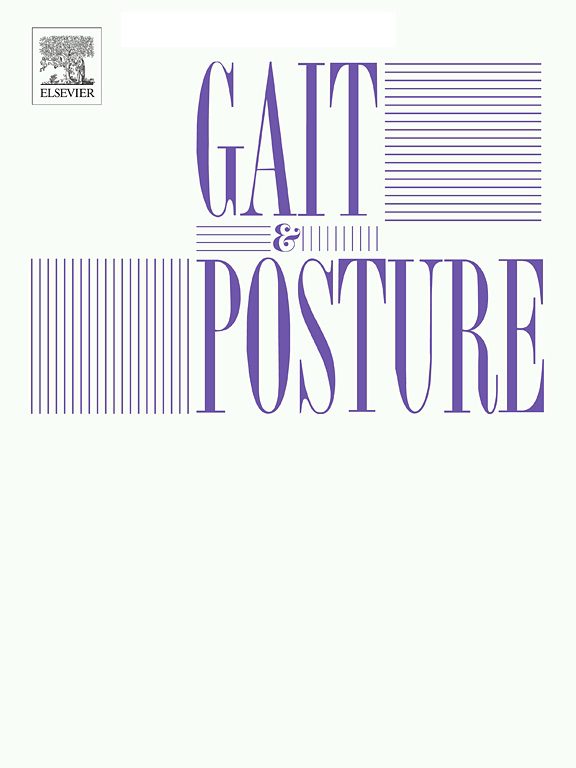
Peer-Reviewed Article
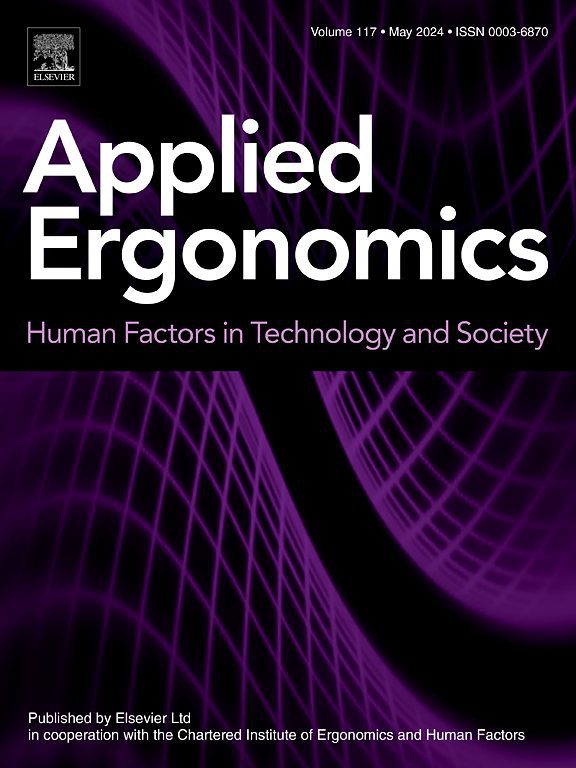
Peer-Reviewed Article
2020
Applied Ergonomics
An observational ergonomic tool for assessing the worn condition of slip-resistant shoes

Peer-Reviewed Article
2020
IISE Transactions on Occupational Ergonomics and Human Factors
Differences in Friction Performance between New and Worn Shoes

Peer-Reviewed Article
2020
Journal of Safety Research
Traction performance across the life of slip-resistant footwear: Preliminary results from a longitudinal study
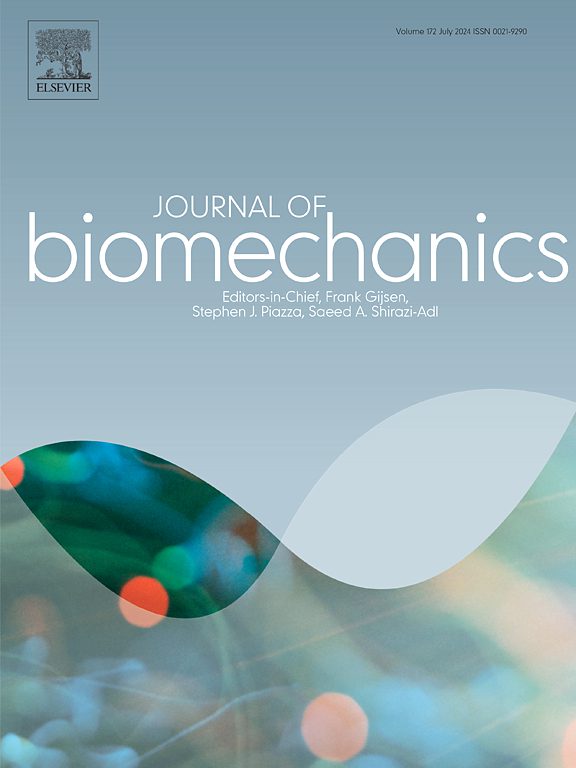
Peer-Reviewed Article
2020
Journal of Biomechanics
Worn region size of shoe outsole impacts human slips: Testing a mechanistic model

Peer-Reviewed Article
2020
Tribology International
Predicting Hydrodynamic Conditions under Worn Shoes using the Tapered-Wedge Solution of Reynolds Equation

Peer-Reviewed Article
2020
Applied Ergonomics
Influence of Averaging Time-Interval on Shoe-Floor-Contaminant Available Coefficient of Friction Measurements

Peer-Reviewed Article
2020
Applied Ergonomics
Prediction of coefficient of friction based on footwear outsole features

Peer-Reviewed Article
2019
Applied Ergonomics
Changes in Under-Shoe Traction and Fluid Drainage for Progressively Worn Shoe Tread - Implications for Replacement Threshold

Peer-Reviewed Article
2019
IISE Transactions on Occupational Ergonomics and Human Factors
Vinyl Composite Tile (VCT) Surrogate for Mechanical Slip Testing
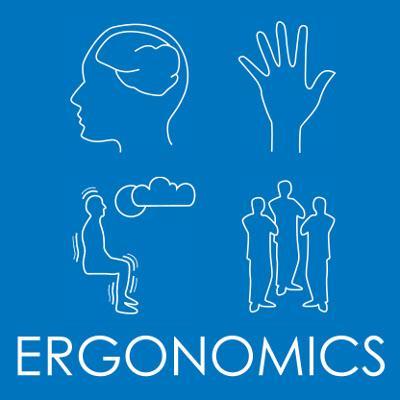
Peer-Reviewed Article
2019
Ergonomics
Predicting slips based on the STM 603 whole-footwear tribometer under different coefficient of friction testing conditions

Peer-Reviewed Article
2018
IISE Transactions on Occupational Ergonomics and Human Factors
Generalizability of Footwear Traction Performance across Flooring and Contaminant Conditions

Peer-Reviewed Article
2018
Journal of Biomechanics
Predictive Multiscale Computational Model of Shoe-Floor Coefficient of Friction

